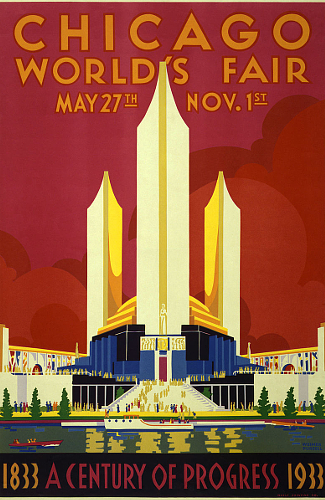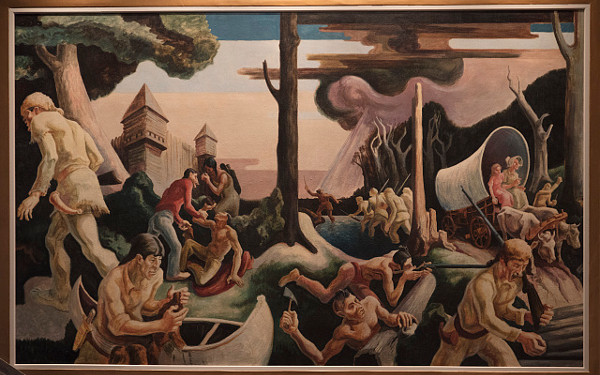Quick List Info

Dates Open - 1933 Season - May 27 to November 12, 1933. Open 170 days.
1934 Season - May 26 to October 31, 1934. Open 159 days.
Attendance - 1933 Season - 22,565,859 Paid. 27,703,132 Total.
1934 Season - 16,486,377 Paid. 21,066,095 Total.
International Participants - 1933 Season - 19 Nations. Some sources list 24, some unofficial.
1934 Season - 19 Nations (7 official).
Total Cost - $22,529,547 per official report of the Expo Authority. $20,390,563 per official report for 1934, with total $31,074,520. Figure used includes operational costs for 1934 plus total building costs. Total spending by all participants for 1933 and 1934 was $100,200,989.16.
Site Acreage - 427 acres stretching for 3.5 miles along Chicago's lakefront, including an island in Lake Michigan. There were 86 acres of lagoons.
Sanction and Type - Although the Bureau of International Exposition did exist in 1933, the first fair officially sanctioned was Brussels in 1935. They did, however, in January 1931, allow member nations to participate in the first year, although not officially sanctioned. The 1934 season was not sanctioned with prohibition on BIE nations from coming officially. Would be considered a Special style Registered event today like those on the 5 years of the decade.
On January 10, 1930, President Hoover invited the nations of the world to participate.
Ticket Cost - 50 cents per day for adults, 25 cents for children. Season tickets were $15 for 150 admissions.

Photo top center: Panorama of the Century of Progress Exposition in Chicago 1933, 1933, Harry Koss. Courtesy Wikipedia Commons. Column Top: Expo poster by Weimer Pursell, Neely Printing Company, 1933. Courtesy Library and Congress. Photo bottom: Official Stamp of the 1933 Chicago World's Fair, 1933, U.S. Postal Service. Images courtesy Wikipedia Commons.

Other Histories of World's Fairs to Check Out










